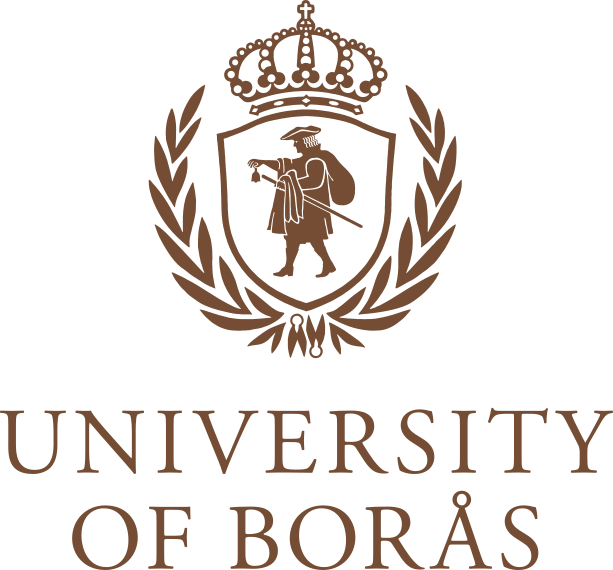Unique research: How to improve textile recycling
2025-01-31

In recent years, the need to address used textiles has become increasingly acute. With new legislation, all textiles must be collected separately and in many municipalities, recycling centres have quickly become inundated. At the same time, we see in the news another downside of overconsumption, where clothes and textiles are dumped abroad, far from the eyes of Swedish consumers.
These questions interested Katarina Lindström, a textile engineer who studied at the Swedish School of Textiles, University of Borås. When she started her doctoral studies a few years ago, she chose to focus on mechanical recycling.
“So far, very little about the subject has been described in the research. The industry does have knowledge on the topic, but these are trade secrets that it likes to keep to itself. If we are to achieve the goals of a more sustainable textile industry, we must become more open with this knowledge,” said Katarina Lindström, who has written her thesis with the aim of making its content accessible to the industry.
Every millimetre counts
Unlike chemical recycling, mechanical processes do not consume as much water or chemicals. Broadly speaking, the textile is cut and torn into smaller pieces in different stages. Sometimes water or lubricant is added to make it easier to separate the fibres from each other. This process is tough on the fibres, which are, of course, designed to hold the textile together,” explained Katarina Lindström.
“If the fibres are too finely broken up during the process, it is not possible to spin them into new yarns. In this case, the material is downgraded to fill material or nonwoven fabric. In my tests, I have shown that there is a lot you can do to get longer, open fibres that could be used for yarns and textiles.”
In her work, she has carried out a large number of tests and developed new methods. Some of these methods test friction between fibres and some see how open a material is. In this context, “open” means that the fibres have been freed from the textiles.
Valuable results for the industry
In the comparison of two lab-scale recycling machines, woven and knitted constructions and yarns with different twists were examined. The aim was to see how the construction itself affects recyclability. The results showed that a looser textile with a lower twist yielded longer fibres. And the less mechanical processing, the better the quality of the fibres. To achieve this, lubricants were added.
“Lubricants reduce friction, and this proved to be particularly successful with polyester. With lubricants, less heat was required in the process, which is otherwise a challenge as it can lead to the polyester melting. I have also been able to show that the length of the fibre is affected by the direction in which the textile is fed into the machine,” said Katarina Lindström.
She has also imitated how the use of a garment affects recyclability, i.e. how clothes are broken down by use and how it affects the length of the fibre. Together with Master's students from Saxion University of Applied Science in the Netherlands, she has investigated how the right kind of pre-treatment can provide longer fibres and improve spinnability.
Many textiles today are made of mixed materials. They are more difficult yet not impossible to recycle, said Katarina Lindström, who hopes that her results can be helpful when clothing recycling increases. It is a very important piece of the puzzle for a more sustainable world. But recycling can never be the only solution.
“The best thing is that we use our clothes more, repair our garments when needed, and re-design them when they go out of style. In this way, as little energy as possible is used,” said Katarina Lindström.
Katarina Lindström defended her thesis Mechanical Textile Recycling: Identifying Factors Impacting Fibre Quality on 30 January.
The external reviewer was Professor Mònica Ardanuy, Universitat Poliècnica de Catalunya, Spain. Her principal supervisor was Professor Nawar Kadi and her assistant supervisors were Senior Lecturer Anders Persson and Associate Professor Lena Berglin, all from the Swedish School of Textiles at the University of Borås.
Examining committee:
Professor Levent Onal, Istanbul Technical University, Turkey
Professor Mohamed Ben Hassen, Taibah University, Tunisia
Associate Professor Juliana Aristéia De Lima, Rise, Sweden
Read more
Doctoral thesis Mechanical Textile Recycling: Identifying Factors Impacting Fibre Quality
Advanced Textile Structures Research Group
The research area Textiles and Fashion
Lina Färm, translation by Eva Medin
Ida Danell (portrait) Katarina Lindström (detail of mechanically recycled cotton fibres)

